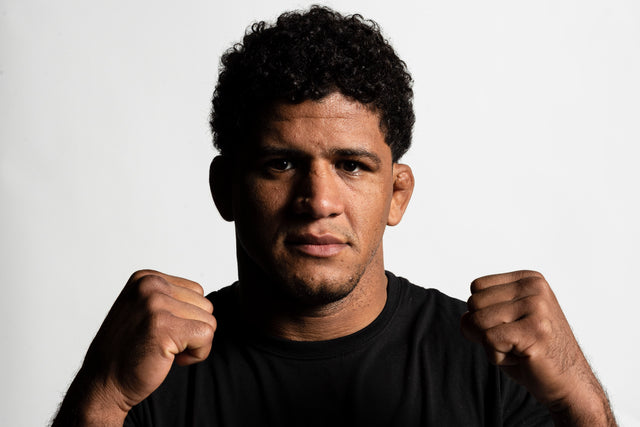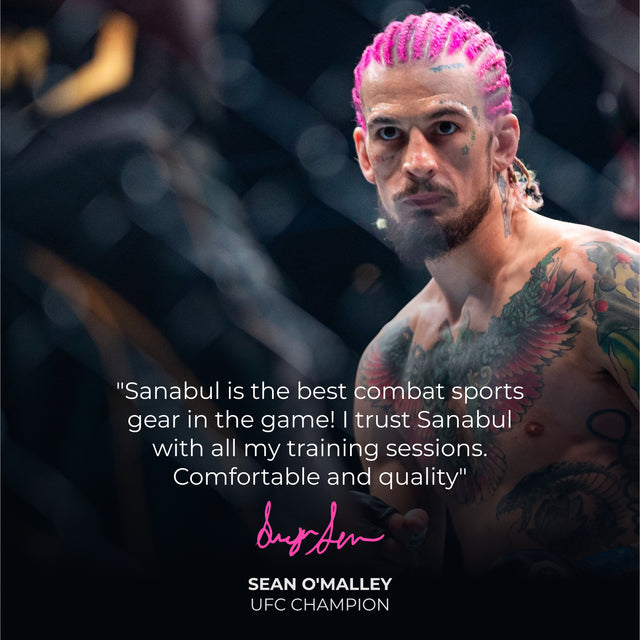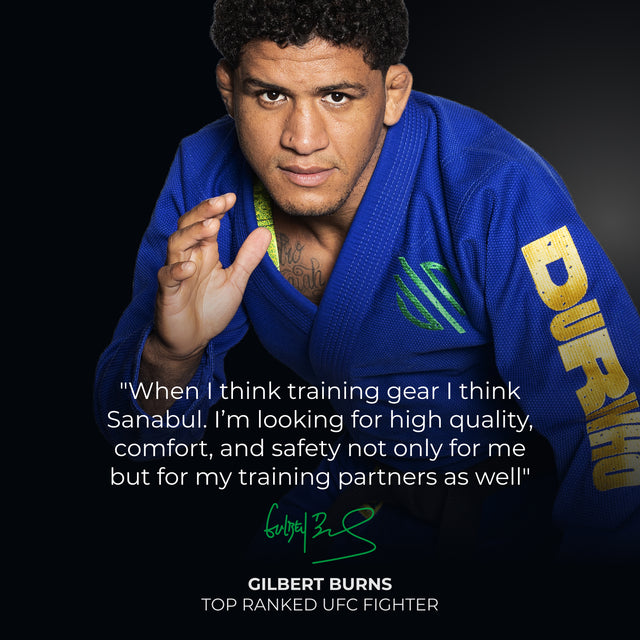How Knuckle Guards Can Help Prevent Bruises and Skin Tears
If you’ve trained in a striking discipline like Muay Thai or boxing, then you have experience punching. You have probably punched pads, heavy bags, training partners during sparring, and the heavy bag. When punching the heavy bag, you’re working on your endurance, power, and technique. You’re hitting hard at a fast pace, for a long time.
During this time, the skin on your knuckles may tear and/or your knuckles might bruise up. If the skin on your knuckles rip, every punch you land will tear the skin open slightly more than it previously was. If your knuckles are bruised, every punch you throw will sting and make your bones swell up even more. Either way, it becomes frustrating to hit the bag because every punch hurts, when it’s not supposed to.
The reason that your skin may tear is due to a combination of the sweat that accumulates inside of your wraps and the repeated impact your knuckles endure. If you’ve been in the water for a long time (at a pool, lake, ocean, etc), you may have noticed that your fingertips wrinkle and look like raisins. When you touch them, the skin there is softer than normal and seems like it is much easier to rip than it normally is. That’s because it is. This idea applies to your training. When your knuckles have been in frequent contact with moisture or liquid for an extended period of time, the skin will become softer. When this is combined with the friction created between your hand wraps and knuckles and the impact of landing on a heavy bag, the skin on your knuckles are at increased risk to rip open.
If anything hits your body with a large amount of force, you will probably bruise. When you hit a heavy bag, you are repeatedly punching with force. Your knuckles are bound to bruise, if you haven’t built up your body’s physical conditioning to match your volume and duration.
So, how can you prevent this and keep training? Wrapping your hands with knuckle guards may be something that can help you, if you have experienced one of the problems listed above
What are Knuckle Guards?
Knuckle Guards are small pads that cover the knuckles on your hand. Usually made of foam or gel, they can be thrown in the washing machine with regular laundry, to rid them of any sweat and odor that can accumulate from training.
When you wrap your hands, they can be placed over your knuckles before you start wrapping or during the wrapping process. Everyone has a different way of wrapping their hands, so it comes down to preference of when you prefer to wrap the knuckle guards.

Should you consider knuckle guards?
Knuckle guards can help prevent skin tears and bruising on your knuckles. The extra padding they provide can lessen the impact that your knuckles take, which can help you to continue training at a fast pace for a long time. You won’t need to worry about pulling the power on your punches due to pain from bruises or ripping skin. The knuckle guards can prevent this from happening in the first place. This extra layer of protection won’t (or at least shouldn’t) affect your technique and only aims to protect your knuckles – in turn, helping you to train longer.
If you experience bruising or tearing of skin on your knuckles, or simply just want an extra layer of protection to protect your hands when you punch, you should consider purchasing a pair of knuckle guards.
It is important to note that when wrapping your hands with these knuckle guards, the knuckle guards do not shift when you punch. After wrapping, make sure that they stay over your knuckles when you make contact with the heavy bag. If they move around after you land punches, you will need to rewrap your hands to ensure that they do not move upon punching impact. If they move around when you punch, they can cause injury. Incorrect placement of the knuckle guards can change the angle that your fist lands punches at, which can cause your wrists to bend in ways that they are not supposed to.
Thank you for reading - we hope this article explains the differences between different types of gloves and has led you to consider different options when it comes to your training gear!





0 Comments
There are no comments for this article. Be the first one to leave a message!